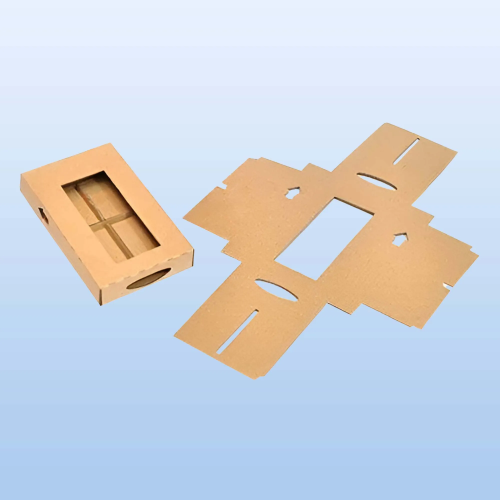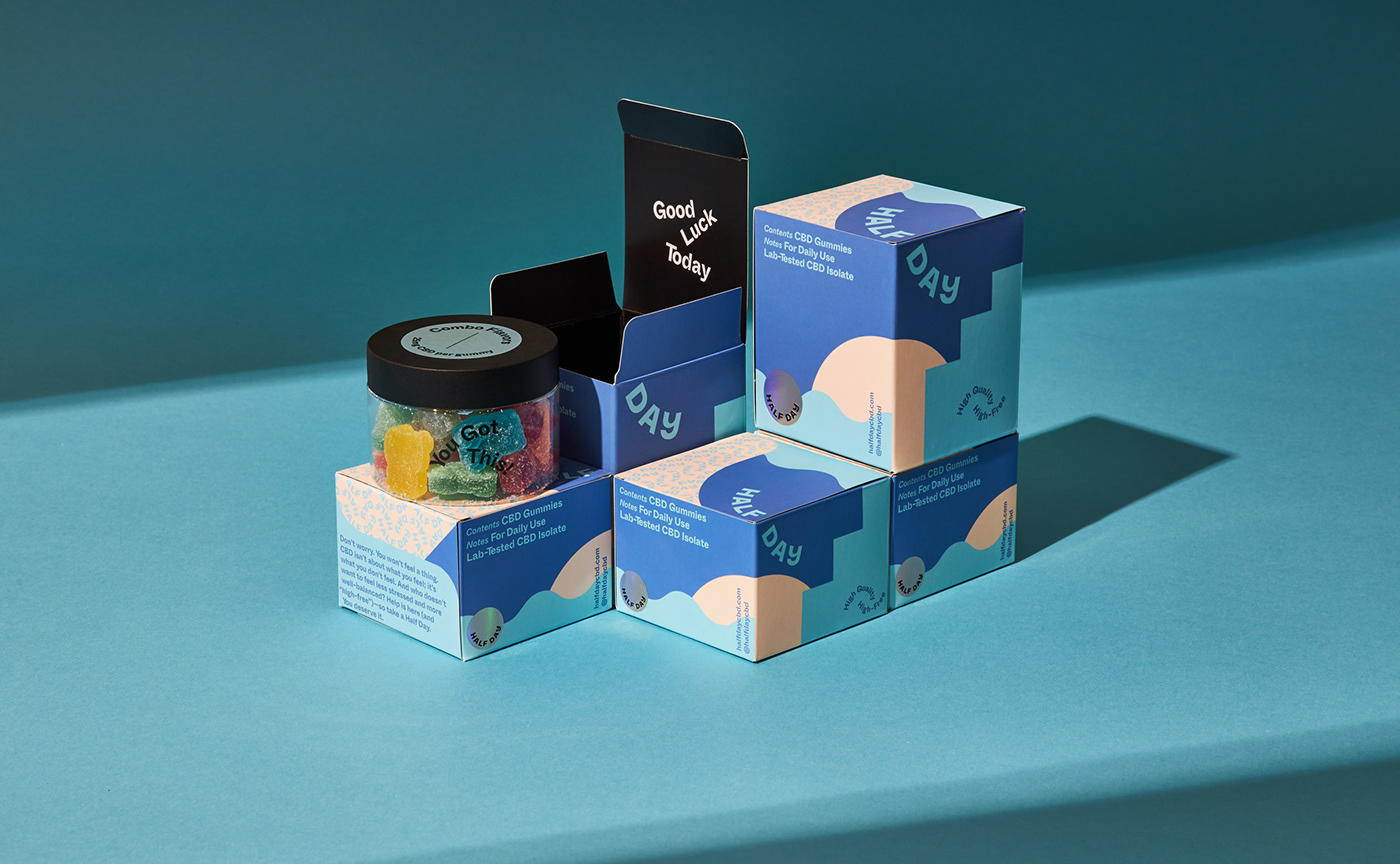You will eventually find the new techniques in printing and packaging for your brand promotion. Right? You will see various practical things in packaging that silently promote your products in the dominant market full of competitors. The usage of the die cut box design is a popular example of this. While packaging designers frequently focus on producing multiple brand-aligned designs that are visually beautiful, for balance logistical considerations with box efficiency.
In this post, you’ll look at how to make good packaging designs by balancing die-cut techniques with logistical needs. Whether you want to save space, reduce transport volume or increase shipment flexibility these insights will help you optimize your packaging approach for the future of smart packaging.
Why Die Cut Packaging Design Matters for Custom Boxes?
Packaging is no longer merely a protective shell for products; it is a vital factor that influences product visibility, protection and logistics. Die cut technology makes it easier to include complicated designs. In this method, a sharp cutting blade-like die is produced. It is used to cut out various shapes and designs for custom packaging. It also helps to ensure that the design is consistent across all boxes.
Method of Die Cutting: A die is made by bending metal strips and placing them on wooden blocks. These dies are then ready to cut a specific pattern or impression on the printed boxes. Technology allows you to create both basic and complicated patterns.
Function of Die cutting: The cuts provide a see-through function. It makes the bespoke packaging boxes appear visually appealing. Potential clients highly evaluate packages that allow for such personalization. This is because it helps them assess the product’s quality.
Innovation in Die cutting: Some brands are also replacing the cutout motifs with transparent PVC windows. These windows add a nice touch to the packaging design, increasing the product appeal even further. Because of its low cost, this technology is accessible to all enterprises.
Die Cut Packaging Trends & Logistics Make Them the Future of Smart Packaging
In 2025, numerous packaging advancements will continue to amaze the world. Despite the product printing techniques are much important, die cut packaging is gaining popularity. All brands are required to elevate their identity with reasonable and smart packaging techniques. Die cut box mechanism gives the hype of every product. It can be designed with perfect dimensions and placed at the perfect position for every package. These creative and functional packaging techniques will enhance the overall consumer experience. These are the secrets of established corporations.
Here are some reasons that make die cut packaging boxes stand out from the crowd:
Automation & Efficiency: Streamlining Production
Automation and technological improvements are revolutionizing the die-cutting sector, making manufacturing processes faster and more efficient.
Digital die-cutting machines provide increased precision and flexibility. They can handle complex designs with ease and deliver speedier results. Integrated Workflows: Die-cut packaging manufacturers are combining their workflows with digital design software to streamline the entire production process from design to cutting. This connection lowers errors and enables faster manufacturing cycles.
Die Cutting: A Smart Technology
What is smart packaging technology? This question may come to mind after reading the preceding heading. Smart packaging technology is a significant innovation in the field of packaging. It incorporates unique elements that are superior to standard functions. The goal of introducing these elements is to increase functionality. Aside from this, it provides extra benefits to businesses and enhances user experience. Smart packaging is divided into two major categories: active packaging and intelligent packaging. The former category helps to ensure the product’s quality. It accomplishes so by engaging with the content. As a result, the shelf life of items is significantly increased. While the latter group aids in monitoring the condition of products within custom packaging boxes.
Interactive Packaging Designs
Another innovation in packaging boxes is the use of unique interactive packaging features. This innovation is among the top packaging design ideas. They improve client engagement. QR codes, for example, can be printed with advanced printing processes. These may include digital, offset, holographic printing, and many others. More and more businesses are using QR codes in their package designs. They supply all of the data and information about products and brands effortlessly.
QR Codes for Additional Information
Potential clients just need to scan these codes on their devices. And they are led to specific websites. Customers may simply check the price, warnings, expiry date, and other qualitative information about the items. This enables individuals to make the most appropriate purchasing selections for themselves. Before you include QR codes in your packaging design, keep in mind that they work best when printed in the middle of a custom packaging solution. They are easily accessible from this place. In addition, the codes may be easily scanned to obtain additional information.
Laminations That Both Protective & Appealing
The vulnerability of retail commodities to numerous influences is not concealed. Moisture, humidity impacts and environmental variables like as dust and bacteria must all be considered while designing packaging. These harmful variables have an impact on product quality. As a result, they may dissuade customers from purchasing your products. Seamless protective laminations are a new technological trend in the area of custom boxes and packaging. They serve two objectives. These include improving the barrier qualities of boxes and increasing their visual appeal. However, there are several drawbacks to using these protective coverings. They have a significant impact on the package recycling potential. Despite this constraint, they remain the center of attention for retailers.
Optimizing Space for Efficient Transportation
Efficient packaging design should prioritize minimizing space during transportation, which not only lowers logistical costs but also corresponds with sustainability objectives. Consider developing modular packaging that allows numerous boxes to stack or fit together without wasting space. This is critical for optimizing pallets and shipping boxes containers. In contrast, adapting die cuts to the shape of your product eliminates the need for extra padding or void fillers that give enough space for more products to fit into a single shipment.
Final Words
The future of die-cutting packaging is full of intriguing opportunities. Die-cutting is constantly evolving and revolutionizing the packaging sector, from increased personalization and sustainable solutions to automation and efficiency. By embracing die-cutting trends and advancements, organizations can produce packaging that stands out, engages customers and aligns with sustainability objectives. Die cutting has a bright future ahead of it with unlimited possibilities.



